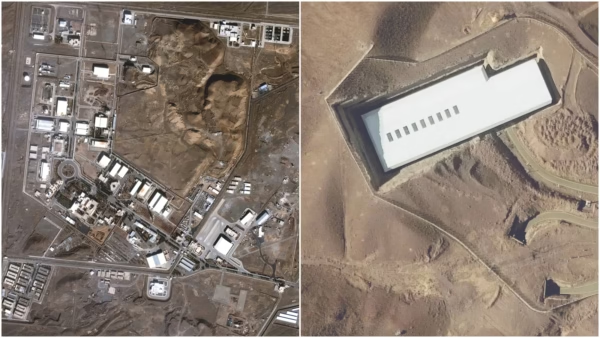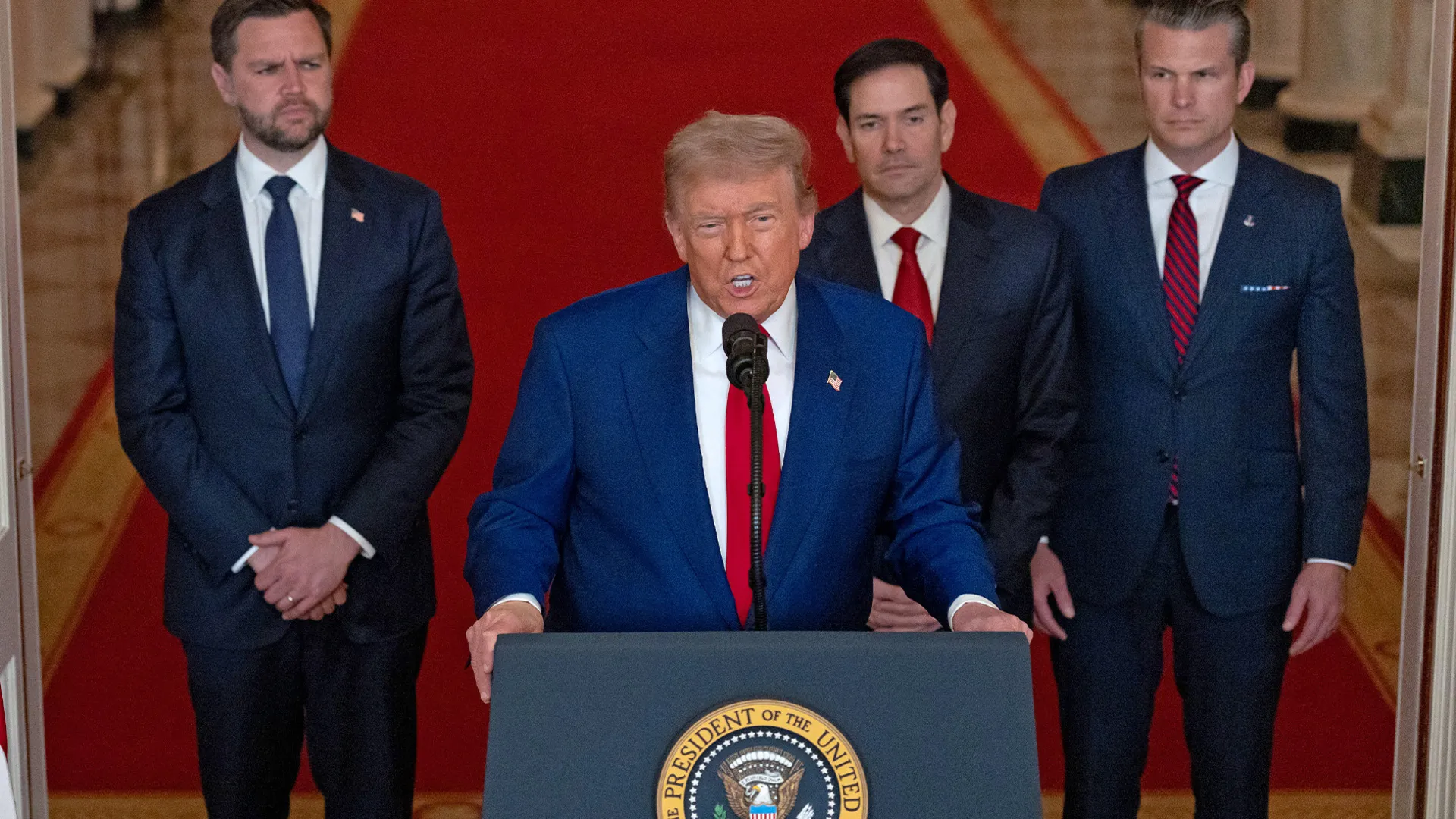The U.S. has bombed Iran’s nuclear sites using stealth planes and precision weapons. Discover what happened, why it matters, and what follow in this growing Middle East crisis.

A Sudden Turn in the Middle East
The world woke up to a jolt.
In the quiet hours of dawn, the United States launched a powerful and precise wave of airstrikes on Iran. They hit three of its most protected nuclear sites. These sites are Fordow, Natanz, and Isfahan.
The mission, codenamed “Operation Midnight Hammer,” was anything but routine. It involved B-2 Spirit stealth bombers, some of the most advanced planes on Earth. These silent giants soared through the night sky. They were nearly invisible to radar. They dropped GBU-57 Massive Ordnance Penetrators (MOPs)—30,000-pound bombs made to pierce deep underground bunkers. These weren’t just airstrikes; they were messages written in fire and thunder.
But the skies weren’t the only front. From U.S. naval destroyers in the Persian Gulf, Tomahawk cruise missiles screamed through the air. They weaved low to avoid detection before slamming into high-value targets with chilling precision.
The sheer scale, coordination, and force of the attack haven’t been seen in recent years. It was a clear sign: the U.S. is willing to act, and act decisively.
To understand how we got here, check out Middle East Tensions Escalate – What’s Happening Now?
Why Did the U.S. Strike?
According to American officials, this mission was not about starting a war—but preventing one. The aim was to cripple Iran’s nuclear ambitions and stop it from reaching the point of no return.
Recent intelligence suggested Iran was racing toward nuclear ability. Centrifuges had been moved underground, and uranium enrichment had intensified. Washington saw it as a red line crossed.
This strike follows weeks of rising hostility between Israel and Iran. Drone attacks, missile warnings, and verbal threats have darkened the skies. For a closer look at how these tensions unfolded, read Israel-Iran Strikes – A New Middle East Crisis Unfolds
The message from the U.S. was loud and clear: Nuclear threats will not be tolerated.
Iran’s Fiery Response
Iran did not hold back its rage.
Officials in Tehran called the strikes a “blatant act of war.” They’ve vowed “severe and everlasting consequences.”One of the most immediate threats is the closure of the Strait of Hormuz. This strait is a critical artery through which nearly 20% of the world’s oil flows.
If that route is blocked, the global economy will feel the tremors within hours. Already, airlines are rerouting flights away from Iranian airspace. Investors are holding their breath. Oil prices are beginning to rise.
This moment reflects the types of crises covered in-depth by outlets like America112 News. Fragile geopolitics have dragged the world to the edge.
What Weapons Were Used?
Let’s break down the military tools used in this high-stakes operation:
- B-2 Spirit Bombers: Cutting-edge stealth aircraft that can fly undetected and deliver both nuclear and conventional bombs.
- GBU-57 MOPs: Massive bunker-busting bombs, designed to destroy deeply buried targets like Iran’s hardened nuclear labs.
- Tomahawk Cruise Missiles: Long-range, low-flying precision missiles, ideal for surprise strikes from sea to land.
These weren’t chosen at random. This combination reflects the U.S. military’s strategy of utmost precision with minimal ground presence.
Global Reaction and Growing Concern
As expected, the United Nations Security Council rushed into an emergency session. China and Russia condemned the strikes, while U.S. allies voiced concern about an uncontrolled escalation.
Markets trembled. Oil prices soared, and a wave of uncertainty swept through global exchanges.
Analysts and military experts on America112.com believe this could be a tipping point for the region. It might reshape alliances. It could also change military strategy in the Middle East.
What Happens Now?
This is the moment of suspense.
- Will Iran retaliate promptly—or wait and plan?
- Israel will get pulled in deeper?
- Will diplomacy manage to stop the bleeding before it turns into war?
The answers aren’t clear yet. But the stakes couldn’t be higher.
If you want to explore the background of this crisis, read Middle East Tensions Escalate – What’s Happening Now? It covers the key events that led to it.
Final Thoughts
This is more than a story about missiles and military power. It’s a human story—about fear, diplomacy, miscalculation, and hope. From Tehran’s crowded streets to New York’s stock exchanges, from oil rigs to war rooms, this crisis touches lives everywhere.
Let’s hope that leaders—on all sides—choose dialogue over destruction.
For updates, analysis, and more insights into global military developments, follow America112 – Global Conflict Tracker.


One Reply to “Middle East on Edge After U.S. Attacks in Iran”